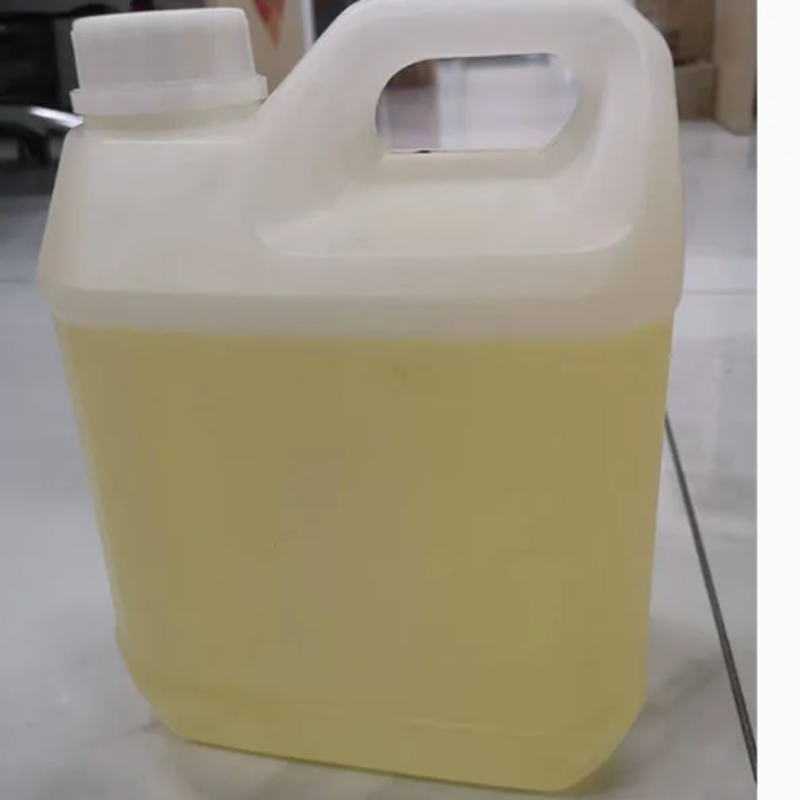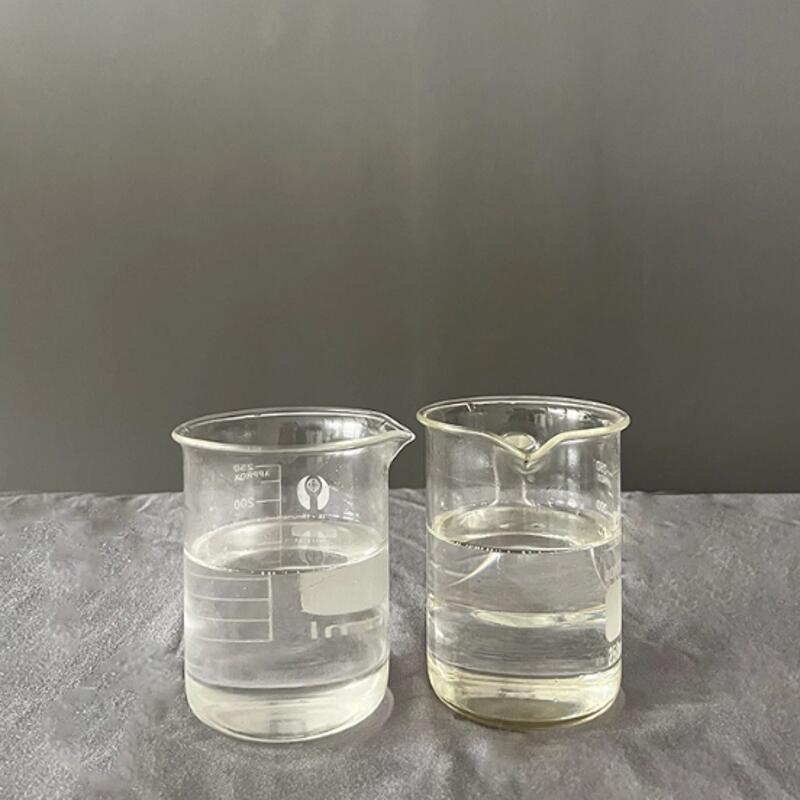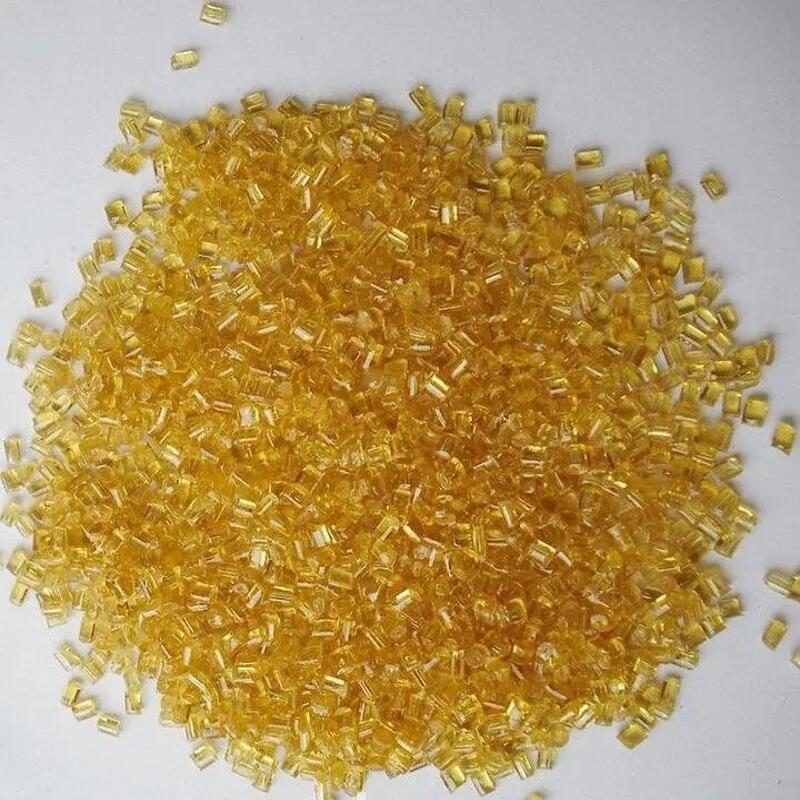-
Categories
-
Pharmaceutical Intermediates
-
Active Pharmaceutical Ingredients
-
Food Additives
- Industrial Coatings
- Agrochemicals
- Dyes and Pigments
- Surfactant
- Flavors and Fragrances
- Chemical Reagents
- Catalyst and Auxiliary
- Natural Products
- Inorganic Chemistry
-
Organic Chemistry
-
Biochemical Engineering
- Analytical Chemistry
-
Cosmetic Ingredient
- Water Treatment Chemical
-
Pharmaceutical Intermediates
Promotion
ECHEMI Mall
Wholesale
Weekly Price
Exhibition
News
-
Trade Service
NASA's Interstellar Probe (ISP) concept study, led by the Johns Hopkins University Applied Physics Laboratory (APL), will be the first mission sent to explore space beyond the solar system, requiring more than any other spacecraft Go faster and fly farther
.
To be able to reach very large distances at very high speeds, interstellar probes may need to perform an "Oberth maneuver," which would swing the probe close to the sun and use the sun's gravity to catapult the probe into deep space
.
To achieve this, researchers are developing a lightweight, ultra-high temperature material for the probe's solar shield
.
In response, high temperature materials developer Advanced Ceramic Fibers LLC (ACF, Idaho, USA) recently embarked on a seven-month project with APL to develop potential materials capable of withstanding high temperatures of 3500°C (6332°F)
.
The project, which ran from February to August 2020, saw promising preliminary results for ACF's ultra-high temperature ceramic matrix composites (CMCs)
.
Commonly used in aircraft engines and other high temperature applications, CMCs are lightweight and resistant to high temperatures.
After preliminary testing, specimens made of ACF's proprietary CMC material showed the potential to meet or exceed NASA's temperature targets.
And has the characteristics of low steam pressure, and at the same time can maintain the mechanical strength requirements
.
direct fiber conversion
direct fiber conversionFounded in 2012, ACF has developed and patented what it calls the Direct Conversion Process (DCP), which converts the outer layer of each carbon fiber filament into a metal carbide such as carbonized by passing the carbon fiber tow through a continuous process.
Silicon (SiC/C)
.
ACF CEO Ken Koller noted that what sets this process apart compared to other CMCs is that it is a fiber conversion process, not a coating
.
Through the direct conversion process of ACF, the converted PAN-based carbon fibers are prepared.
The matrix PAN-based carbon fibers are the black center of each filament, and the uniform white outer layer is silicon carbide (SiC).
The resulting fiber bundles are called Fi-Bars, so named because "when combined with materials such as metals and ceramics, they act like steel bars.
" Combined with a ceramic matrix and other proprietary materials, Fi-Bar is the basis for ACF's CMC materials, designed for use in extreme temperature environments
.
"Our CMC can be modified with different materials depending on the application," says Koller, who holds a U.
S.
patent covering 35 metal carbides in the periodic table
.
This means that, in theory, we can process Fi-Bar through a direct conversion process using titanium, hafnium, zirconium, etc.
as metal carbides
.
Ultra-high temperature CMCs for aerospace
Ultra-high temperature CMCs for aerospaceACF's first major foray into ultra-high temperature CMC applications came from the 2016-2021 SBIR Phase II project in partnership with the U.
S.
Office of Naval Research (ONR)
.
ACF's mission is to develop advanced, fiber-reinforced CMCs that can withstand high temperatures of 1371°C (2700°F)
.
The material, ACF's proprietary QuadXe, will be used to make turbine engine components for military aircraft structures, which were previously limited to operating temperatures around 2,500°F, Koller said
.
As part of a joint ACF-ONR project, five NASA-designed turbine engine blades, each made of Fi-Bar-enhanced CMC, were tested at temperatures up to 2900°F, with one sample capable of reaching 3120°F , no external damage, the internal Fi-Bar carbon fiber core remains intact
.
He added that one of the test components was actually capable of reaching an operating temperature of 1704°C (3100°F) after testing at a U.
S.
research center affiliated with an unnamed U.
S.
turbine engine manufacturer
.
The point of this is that the hotter the turbine engine runs, the more efficient it is, which saves operating costs and enables pilots to fly faster
.
Compared to the ONR project, the interstellar probe concept requires higher temperatures—over 3,000°C for hours—and more complex geometries
.
Light weight, structural integrity, mechanical strength and shield size are also key considerations
.
Tungsten, an ultra-high temperature material that has been used in heat shields in the past, was too heavy for the original foam-filled sandwich heat shield design listed in the concept
.
Building on the foundation of ACF's ONR study of SiC-CMC materials, the new APL study focuses on whether ACF's processing techniques can be extended to the development of CMCs based on several other metal carbides known for their ultra-high temperature properties
.
Metal carbide CMC samples produced by ACF's proprietary process are said to have very low vapor pressures and low densities
.
The samples were tested using flame testing and vacuum heating, and these materials showed the potential of lightweight, low vapor pressure materials, extending the 2000°C (3632°F) upper limit of current carbon fiber materials, and these materials were tested at least 2900°C ( 5252°F) and still maintain high mechanical strength, and the temperature can be even higher
.
APL's preliminary report concludes: Phase 1 project results demonstrate the potential to develop entirely new materials with ultra-high temperature capabilities
.







